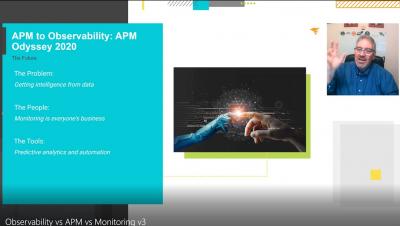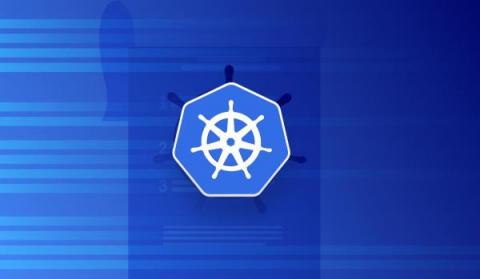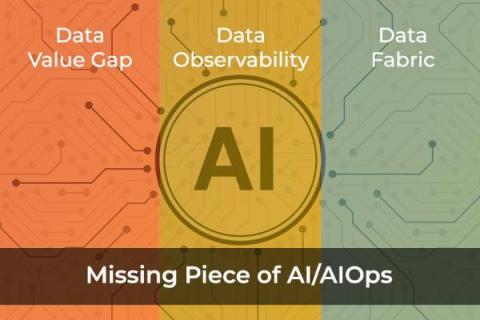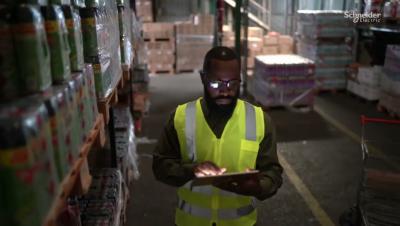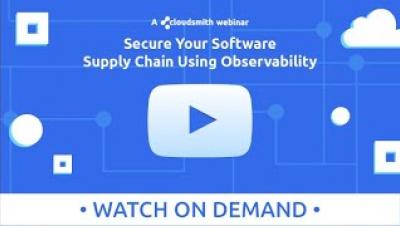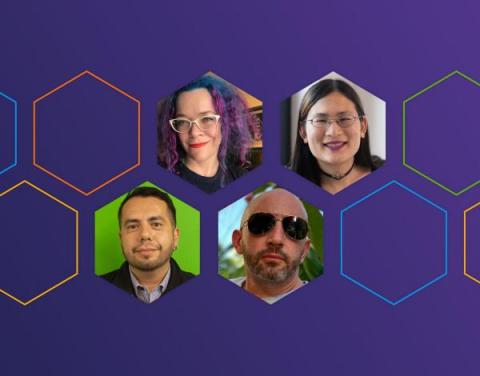Introducing Unified Observability Platform by VMware Aria Operations for Applications
At VMware, we are on a mission to build a comprehensive, extensible, and intelligent monitoring and observability platform to help businesses run seamlessly. Over the past few years, we have evolved our platform to deliver invaluable end-to-end observability across applications and infrastructure.




